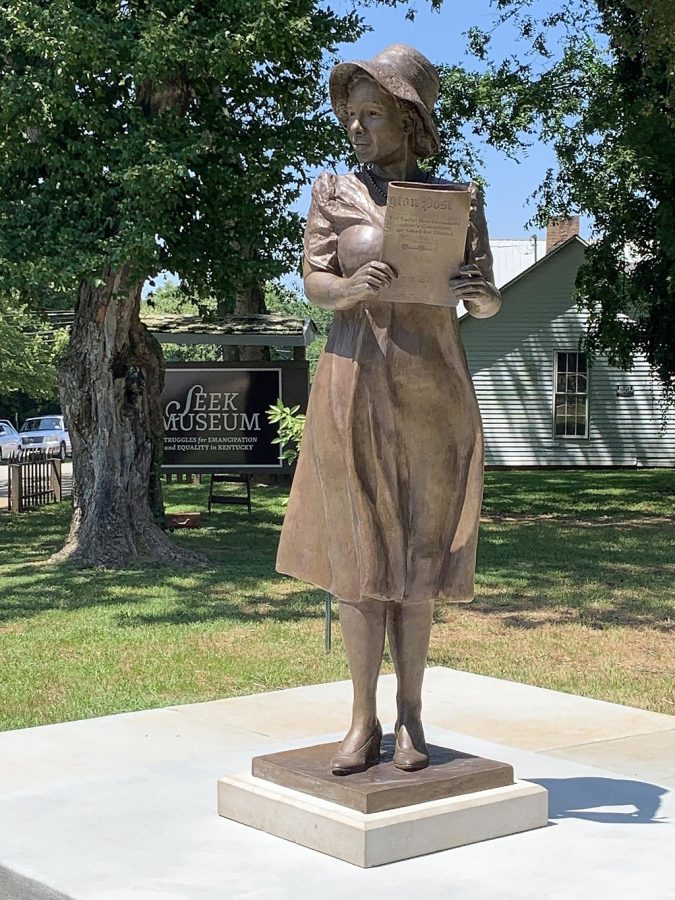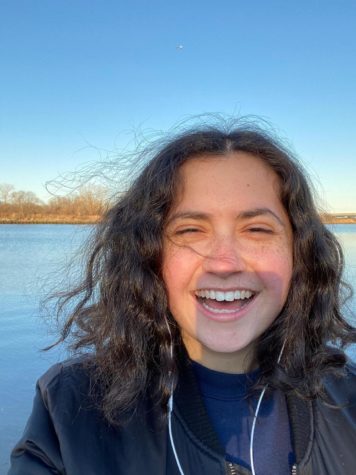Black journalists like Alice Allison Dunnigan deserve more recognition
February 25, 2022
When people think of Black journalists, they likely think of current day reporters and anchors, like Lester Holt, Gayle King, Don Lemon, Eugene Robinson, Robin Roberts and Joy-Ann Reid. Maybe they think of Ida B. Wells-Barnett if they’re thinking historically.
There, of course, have been many great Black journalists throughout history up to the present time from all over the world, not just the United States.
One amazing journalist, however, is not often taught about in public school history classes or even university journalism courses: Alice Allison Dunnigan.
Dunnigan was an all-around good person and reporter, but her major claim to fame was being the first Black American to receive a congressional press pass, and thus being the first Black journalist to cover Congress.
She was also the first Black woman to be allowed to cover the White House and a presidential campaign.
This makes Dunnigan a remarkable reporter who should be spoken about a lot more. Her name and story should be known, just as Wells-Barnett’s are.
Dunnigan was born on April 27, 1906, to a tobacco sharecropper father and a laundress mother in Russellville, Logan County, Kentucky. She grew up during segregation and her grandparents had been slaves.
From a young age, Dunnigan knew she loved to write. At age 13, she began to write one-sentence stories for her community’s newspaper, The Owensboro Enterprise.
Before going into journalism, Dunnigan went to college at the Kentucky Normal and Industrial Institute in Frankfort, now Kentucky State University, and became a teacher. She taught in Kentucky for 18 years before pursuing journalism as her main career.
While teaching, Dunnigan also reported for The Louisville Defender and The Louisville Leader, then Kentucky’s two largest African American newspapers. She also took journalism courses at Tennessee A&I University and statistics and economics courses at Howard University.
She worked in Chicago, Illinois for some time, first as a freelance reporter for the American Negro Press and then at The Chicago Defender.
During World War II, Dunnigan moved to Washington, D.C., where she became the managing head of the Associated Negro Press.
She was the first Black woman elected to the Women’s National Press Club and the first Black woman to be accredited to cover the State Department and the Supreme Court. She also received the Capital Press Club’s Best All-Around Newsman for 1951 award.
While in D.C., she reported heavily on the federal government as it intersected with civil rights and desegregation.
Being the first Black woman allowed her to cover a presidential campaign; she reported on former President Harry Truman’s whistle-stop campaign.
In 1960, Dunnigan left her career as a journalist to work on former President John F. Kennedy’s and former Vice President Lyndon B. Johnson’s Committee of Equal Employment Opportunity.
She then worked on Johnson’s presidential campaign and in his administration when he was elected. From 1966 to 1967, she was an information specialist for the Department of Labor and in 1967 she was an associate editor with the President’s Commission on Youth Opportunity.
After retiring from government service, Dunnigan wrote two books: “A Black Woman’s Experience: From Schoolhouse to White House,” published in 1974 and “The Fascinating Story of Black Kentuckians,” published in 1982. She died on May 6, 1983.
“Race and sex were twin strikes against me,” Dunnigan once said of her career. “I’m not sure which was the hardest to break down.”








